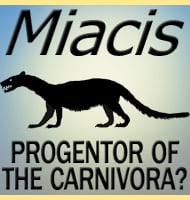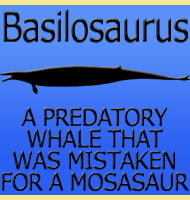Miacis
In Depth Miacis is often heralded as being the progenitor of the Carnivora, one of the main groups of carnivorous mammals that today include predators such as big cats, wolves and mustelids among others. However most of the known species of Miacis are considered to actually be members of the Carnivoramorpha, a group of predator … Read more


